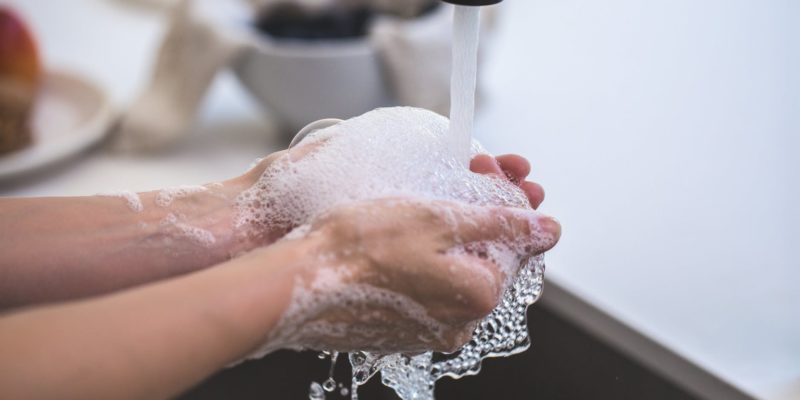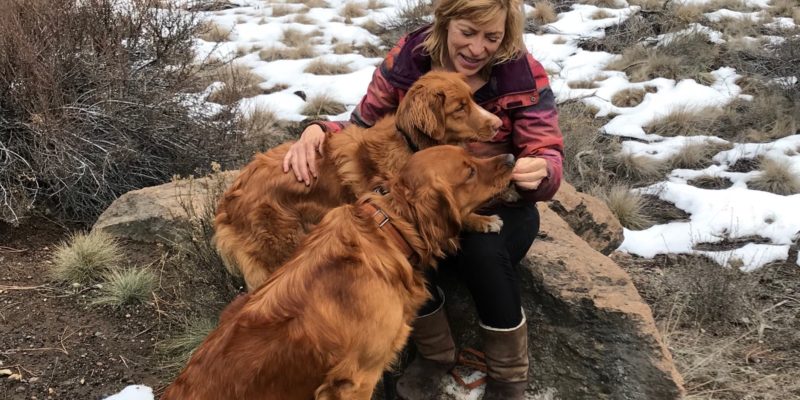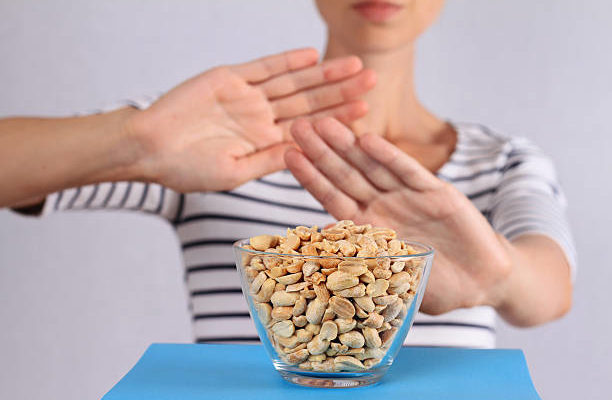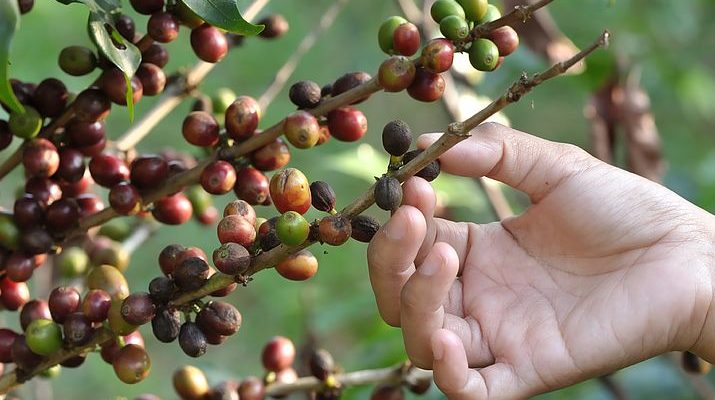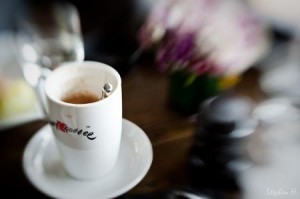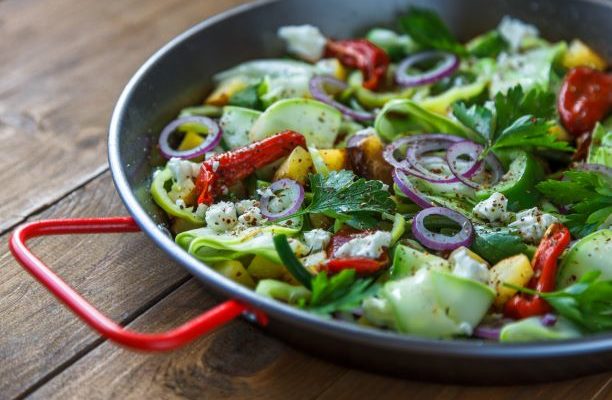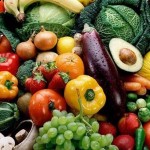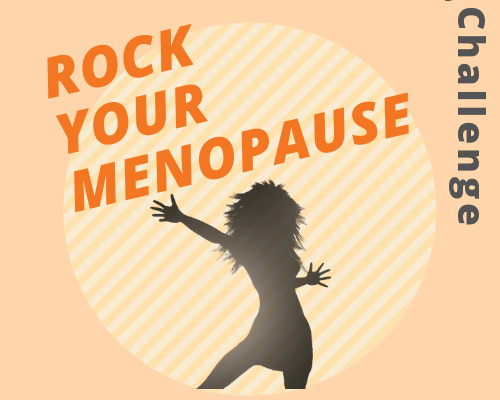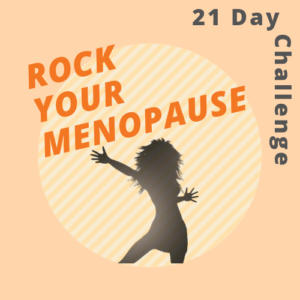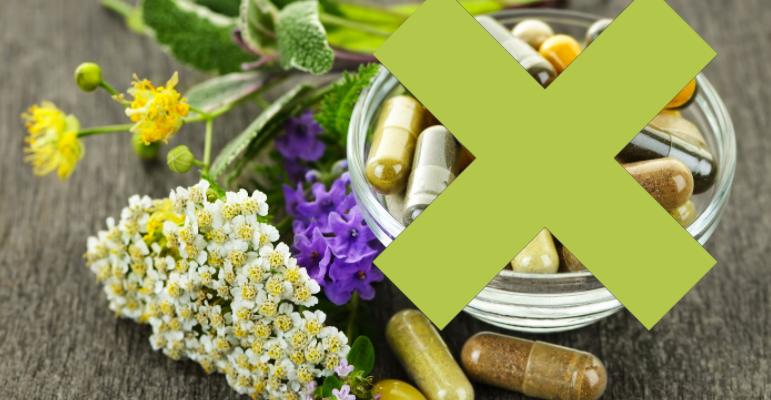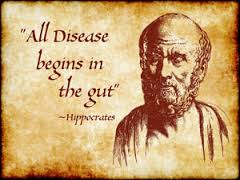No matter how much you crave quality shut-eye, there are many reasons sleep may elude you.
As you get older, it may take longer to nod off and you may have trouble staying asleep. But because the amount of sleep you need—seven to nine hours per night—stays the same throughout your life, fitful nights can leave you cranky, depressed and flat out exhausted. No wonder so many of us rely on sleeping pills—both over-the-counter and prescription.
People, even teenagers are relying on prescription sleep aids more than ever before. Yet, information of the risks of these drugs is often understated. A study by Scripps Clinic researchers links the medications to 4.6 times higher risk of death and a significant increase in cancer cases among regular pill users.
“What our study shows is that sleeping pills are hazardous to your health and might cause death by contributing to the occurrence of cancer, heart disease, and other ailments,” said author Daniel F. Kripke, M.D., of the Viterbi Family Sleep Center in San Diego.There is another option, a plant-based sleep aid that has been used for thousands of years and has no harmful side-effects.
Plants to help us sleep have been clinically tested in Asia for the past 50 years. Asian cultures have a much longer recorded history than our Western cultures and the use of plants has historical lineage to biblical times. Many herbal books were written on bamboo paper in ancient times. One such ancient book was titled “Prescriptions from the Golden Cabinet”. It may surprise you, but even our ancestors had trouble sleeping and this was a thousand years before electricity, the internet, and modern-day stress. The most common prescription for sleeplessness which our Asian ancestors used was an herbal recipe called Suan zao ren tang. This combination of herbs can be found in iSleep Herb Pack.
The herbs in iSleep Herb Pack work together, this is known as the entourage effect, its where the magic happens. Throughout generations of use, our ancestors discovered which plants have similar effects and which have enhancing effects when used together. It’s a little bit like discovering sugar, flour, eggs and butter and baking powder can make a nice cake. Alone, they don’t taste like cake. But together, there is a little magic.
One of the main herbs in iSleep Herb Pack is zizyphus an herb with sedative properties. This herb is potentiated by other herbs in iSleep, notably Anemarrhena, poria and ligusticum which are believed to increase the nor-epinephrine and dopamine levels in the brain and increase secretion of two cytokines which have been shown to improve non-rapid eye movement sleep. The studies are vast, the results impressive. Throughout Asia, hundreds of thousands of herbal prescriptions are sold annually and the most common insomnia prescription is Suan zao ren tang / iSleep Herb Pack.
There are NO unnecessary filler or magnesium stearate in iSleep Herb Pack. Only 100% herbs from nature.
Here’s what’s you will find in Ziziphus.
Clinical studies and research have shown Ziziphus, (when processed correctly) can help quiet brain transmissions. What this means for the non-sleeper who plays videos in their head all night or just can’t stop the overthinking, NOW YOU CAN. When your mind is quiet your body naturally falls asleep the way nature intended. Ziziphus has slight sedative effects, yet a very safe herb with no lingering side effects. It is commonly used in Traditional Chinese Medicine for irritability, sleeplessness, and anxiety.
Ophiopogon
A nourishing but very mild herb. It is often combined with others for it’s most potent effects. Used in this formula to nourish the yin, clear the heart and eliminate irritability. Insomnia often occurs when the spirit of the heart is restless and rising upward to the brain. This restlessness cause over-thinking when we should be sleeping. Ophiopogon settles the spirit and quiets the irritability. It’s commonly combined with Anemerrhena for insomnia and night sweats.
Poria
Poria is most commonly to strengthen the spleen and calm the mind in TCM. Beyond poria’s principal action, this herb is also used to calm the heart spirit.
Anemerrhena
It is the root of this herb that has properties of clearing excess fire and at the same time nourishing the yin. These are two very important treatment principals and therefore makes this herb a prized possession. Its major chemical constituents include saponines, flavonoids, polysaccharides and alkaloids.
Arbortitae Seed
This seed is rich in oil and is excellent for insomnia due to blood deficiency along with excessive worry and forgetfulness. When used with zyziphus it’s actions for calming the spirit are increased. Since it is the oil in this seed which contains the active chemicals responsible for these actions it is essential the oils are not lost during the cooking process. It also nourishes the heart channel and is extremely beneficial for those suffering from sleeplessness and irritability because of its calming effect.
Polygoni Multiflori
Asian medicine says lack of nourishment to the heart causes sleep disorders such as difficulty falling asleep and staying asleep excessive dreams and disrupted sleep. This sweet herb addresses all of these symptoms. This herb calming effect is said to open the orifices of the heart channel and allow your spirit to be calm and relaxed.
Chuan Xiong
This very popular and common herb in many Chinese herbal medicine formulas is used to regulate blood circulation. In iSleep Herb Pack a small amount is used help circulate and improve the actions of all the herbs in the formula. The entourage effect is important. Like making a cake, it’s not just the sugar, flour, and butter. It’s the spices, the egg, the milk and all the other yummy things that make a cake so wonderful. Same is true of herbal formulas used for centuries. Certain herbs work better when paired together.
The bottom line, iSleep has some of the most important plants used for insomnia over hundreds of years. The major constituents and pharmacological activities of these plants have sedative effects which have been proven safe and effective for millions who commonly experience sleepless nights.
Our goal is to help you get a great night of sleep every night.
Sleep is one of the most important pieces of the puzzle for a healthy body. Adequate sleep is essential for quality of life, work productivity, safe drivers, and workplaces etc.
We need to make sleep a priority every night.

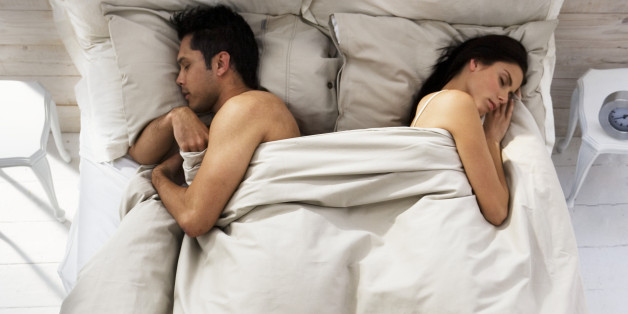
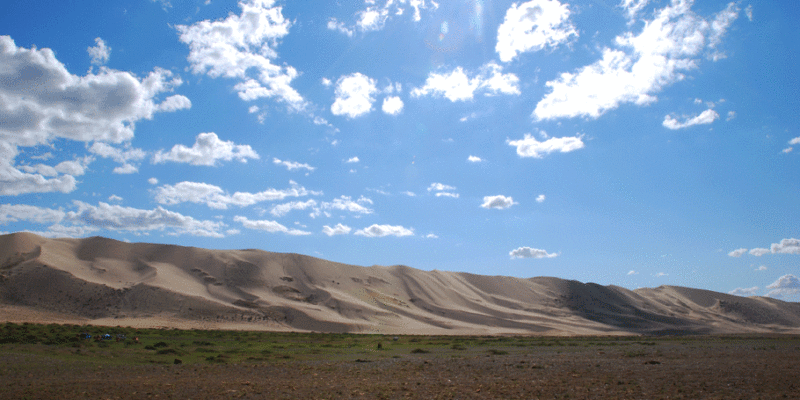
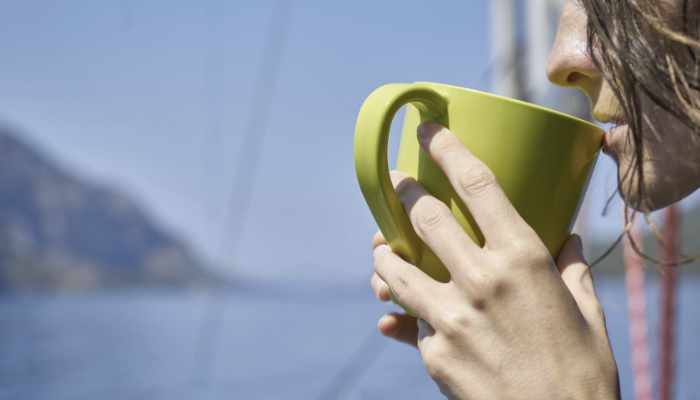
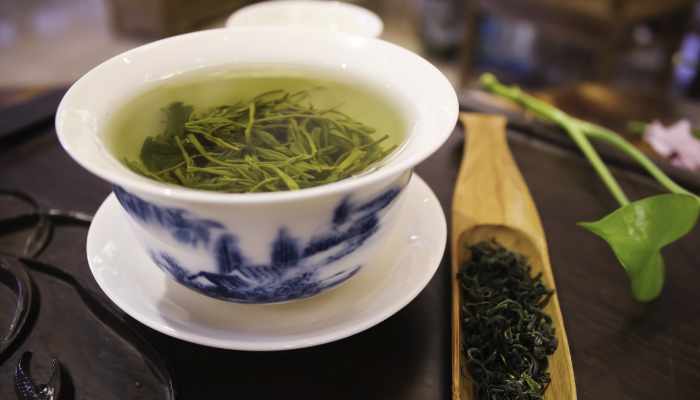 You may be wondering, is green tea good for menopause? Most of us have heard that green tea is good for us, but why? The answer is that drinking green tea provides many health benefits, including:
You may be wondering, is green tea good for menopause? Most of us have heard that green tea is good for us, but why? The answer is that drinking green tea provides many health benefits, including: